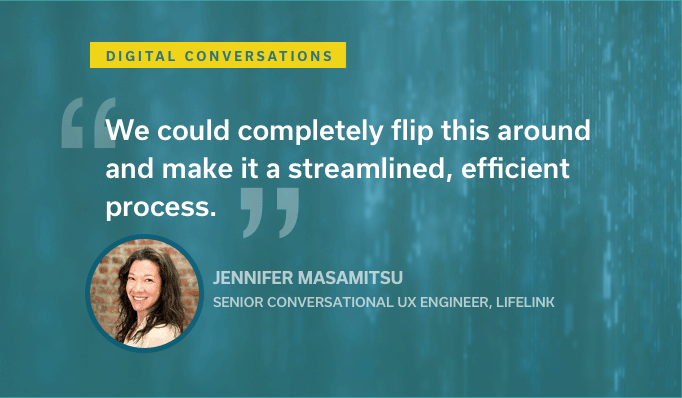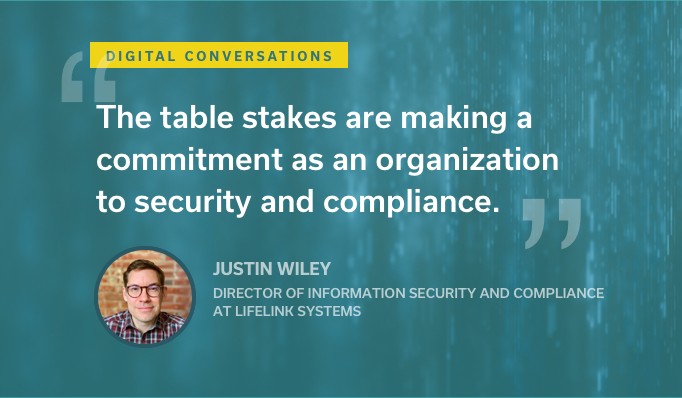Roughly 30 years ago, email was unleashed on society as an alternative to envelopes, stamps, and the post office. Other digital channels have emerged since then, but email remains a preferred mechanism in the business marketing mix.
Despite the massive reach and efficiency of email campaigns, the idea of broadcast-blasting millions of inboxes and hoping for sub-one-tenth-of-a-percentage increases in clicks or responses is an outdated marketing strategy. Security risks, filters, technology advancements, and shifting consumer preferences have changed the landscape.
Today, the healthcare industry is still over-reliant on email for patient engagement. In some cases, it’s still a viable tool to complete specific transactions. However, if the industry is serious about driving wide-scale digital patient engagement, email is not the medium to get it there.
A Tinned Meat Product or Unwanted Messages
Email was actually invented in 1971 and then took another 20 years to become commonplace in most homes and businesses. It eventually became a very big deal because email gave us the ability to send a digital message to anyone, or a group of people, anywhere. It was easy, it was instant, and best of all, it was free!
Technology continued to advance providing greater computing power, more bandwidth, advanced execution, and better performance tracking tools.
Email marketing has matured to the point where marketers can deliver rich, customized content to specific audiences and rapidly adjust based on recipient behaviors. By some estimates, today there are more than 296 billion emails sent every day. Broadcast blasting is alive and well, but driving consumer engagement with email is an entirely different matter.
People are getting buried with email spam which comes at a time when consumer digital communication preferences are shifting to other mediums. The headwinds are building.
Many believe the origins of calling junk email “spam” can be traced back to a classic Monty Python sketch. In the sketch, patrons of a diner get inundated with annoying chants of SPAM, which they do not want.
Regulations, Hackers, and Filters Make Email Engagement Hard
Today, email is still widely used by organizations for legitimate things but the bad, unwanted noise overwhelms messages consumers care about. But spam is literally just the tip of the iceberg that’s sinking the email ship.
Email has become a security risk. People are frequently tricked into clicking on URLs and attachments which allow cyber criminals to do their thing. The news coverage narrative has been steady and relentless for years — “NEVER EVER click on an email you’re not sure about, or else.” Most companies have harsh policies to discourage employees from opening or clicking emails from unknown parties -- training that carries over to personal inboxes.
In response to the security issues, technology companies have added filters into hardware and software that block, flag, and redirect unsolicited questionable content into different inbox folders, which are usually marked “junk” or “spam” and rarely checked. Apple, Microsoft, and Google constantly update features in their software to intercept, flag, and disable messages deemed risky.
The regulatory environment has also evolved to help protect consumers. Marketers are now required to offer recipients easy ways to opt out and unsubscribe from mass email communications. European GDPR rules have had email marketers and IT departments from around the world scrambling for years because the penalties are so severe.
Add this all up, and it really paints a bleak future for email communications — especially for businesses. It’s a wonder they keep trying, but they do.
Healthcare Needs to Digitally Engage Patients. If Not with Email, then How?
The implications for the healthcare industry are significant. Despite all of the challenges associated with mass email communications, it is very ingrained into healthcare marketing DNA because the need to scale digital engagement with patients is vital.
At a recent conference, a large hospital system marketing team was on stage, celebrating the fact that they send their patients more than 80 million emails every year. They use advanced science to manage the campaigns, but to what end? If they get a 1% engagement rate, they’d probably win an award for digital marketing excellence. As for the other 99%, they’re on their own.
Patients (AKA Consumers) now spend their time on an ever-increasing number of mobile apps and tools. Facebook, TikTok, Instagram, Facetime, Messenger, LinkedIn, WhatsApp, and Slack are some of today’s most popular communication channels and this list will surely evolve. What’s not on the list is email — especially for the younger generation.
Patients want to digitally engage with their healthcare providers, but they want to do it their way. They want convenience, they want personalization, they want simplicity, they want digital experiences that mirror what they get when they shop and travel. They also don’t want to clutter their phones with a bunch of different, proprietary healthcare mobile apps that must be downloaded, logged into, and learned.
Digital Conversations Becoming the Dominant Form of Mass Communication
Conversational AI is maturing rapidly. The ability to use language to facilitate interactions between humans and machines has arrived. Just ask Siri for directions to the nearest pharmacy and you will see what I mean. If you have a Tesla, maybe you can ask the car to drive you there.
This technology is working its way into the way patients interact with doctors, pharmacies, and insurance companies. Early on, the focus has been on the redundant administrative tasks that consume 80% of the interactions, but we’re beginning to see digital assistants that reach out across large populations of patients to check in, remind, update, and recommend. They even might provide a birthday wish. None of this requires a patient to click on a link or open an attachment.
Instead of a monthly email newsletter or dense, clunky administrative processes, the digital assistant uses smart, interactive messaging to “talk” to the patients. It leverages data in back office systems of record to personalize each engagement. When it collects information, it writes it back to the patient record. And over time, through machine learning, it becomes smarter and more personalized.
Early indications show patient engagement rates with conversational digital assistants in excess of 50% in most use cases. That’s the kind of game-changing math that will hasten the transition away from email as a marketing engagement strategy. Conversely, it’s only a matter of time before humans will expect to talk with their devices to manage many of life’s tasks, especially those around healthcare.








